What Should the Transport Industry Do to Improve Female Representation?

CMAC Group Asks Female Transport Industry Executives for Their Views
“Taking charge of getting the career you want and deserve in 2023” is one of the core themes of International Women’s Day 2023. CMAC Group asked seven influential female decision makers what the transport industry is doing, and needs to do, to encourage women, and girls still in education, to make the most of career development opportunities offered by this multi-faceted, growing, and important sector.
With women still accounting for only 20% of the workforce, and only 2% of the engineering workforce, the transport industry has a long way to go to improve female representation. At the same time, the industry is struggling to fill roles ranging from train and taxi drivers to engineers and surveyors.
CMAC Group, an award-winning managed transport and accommodation provider, spoke to women who’ve not only chosen to work in the transport industry but carved out successful careers as CEOs, Directors and Consultants in business, consultancy, and engineering roles. They were asked for their views on several key diversity issues, including what they believed the industry can do to capitalise on the skills and expertise of the under-exploited female demographic.
CMAC also canvassed informed opinions on the role the industry can play in creating a pipeline of potential recruits with much needed qualifications and skills.
Here’s just a few of their comments. A full transcript of the responses can be found here: CMAC Group: Women in Transport
Why should women be interested in working in the transport industry? What does it have to offer?
According to Zoe Walsh, Sales & Customer Relations Director at GLH, an award winning, global provider of passenger cars and courier services, transport is amongst the industry sectors with the most to offer a wider constituency of women. She highlighted flexibility and the opportunities the industry offers women to build a career at the same time as handling the various responsibilities women shoulder at various times in their lives, for example those with children or caring responsibilities.
Jennifer Christie, who leads Partner Success at what3words, an innovative addressing system, said the transport industry provided opportunities to work with “smart, motivated and inspirational people” on “new design, innovations and technologies needed to make a project a success”.
According to Jacqueline Starr, CEO at Rail Delivery Group, an organisation that brings together rail companies to help them to deliver better services for customers, the transport industry has all the facets of the supportive community women need to thrive in their careers. She highlights the availability of mentoring, networking forums and groups plus “significant training opportunities” designed to help female employees build a fulfilling career at the same time as acquiring invaluable, transferable skills.
What should the industry be doing now, and in the future, to attract and retain more diverse talent?
Zoe Walsh believes the industry needs to expand its approach to recruitment by “reaching out to under-represented communities.”
“We have the data and the technology to do this, and everyone is on social media, so we have opportunities to attract diverse talent literally at our fingertips.”
Kelly Barlow, Business Director at financial and economic consultancy, Hub Transport Advisory, echoes Zoe’s emphasis on using data to target potential female recruits with skills, and employment requirements, for example, flexible or part-time working, that match specific industry needs, “We need to be insights driven and use the industry data to drive solutions which will tackle problems identified throughout the whole employment cycle.”
Kelly believes the industry needs to adopt a more strategic approach to encouraging girls to study STEM subjects with a view to pursuing a career in transport.
“As an industry, I don’t think we can do enough with STEM activities – these should be seen as a driver for business change and not just as an ‘add on’ to someone who shows passion for this area.”
Jennifer Christie is an advocate for partnership with “organisations, non-profits, charities and interest groups that are encouraging more women into these sectors as well as working with young people in schools to promote the industry.”
She believes visible representation is important because “You can’t be what you can’t see.”
“Organisations should also put conscious effort into showcasing and profiling their talent and workforce. Many of our industry events and publications still do not have enough female speakers and contributors. Increased intentional efforts to profile women in our industry will only help attract and retain talent.”
Charlene Wallace, Customer and Freight Director at Network Rail agrees “we still need to attract more talented women to our industry. Awareness and action will lead the change.”
For Jools Townsend, CEO of Community Rail Network, CMAC’s corporate charity partner, diversity is “incredibly important” to the rail industry because it helps to “broaden the thinking and introduce different lived experiences to strategic and operational planning, discussions, and decision-making. It’s also crucial for innovating and being adaptable and sustainable.”
How does Jools think rail companies should go about connecting with demographics, such as women and girls, who continue to be significantly underrepresented despite comprising 51% of the population? The answer, according to Jules, is in being “outward-looking and engaging widely, listening and responding to the communities around them.”

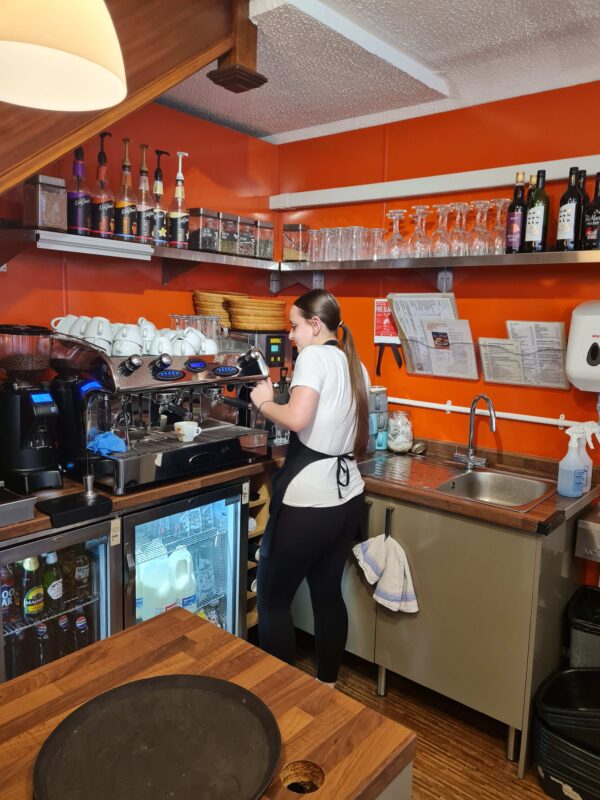

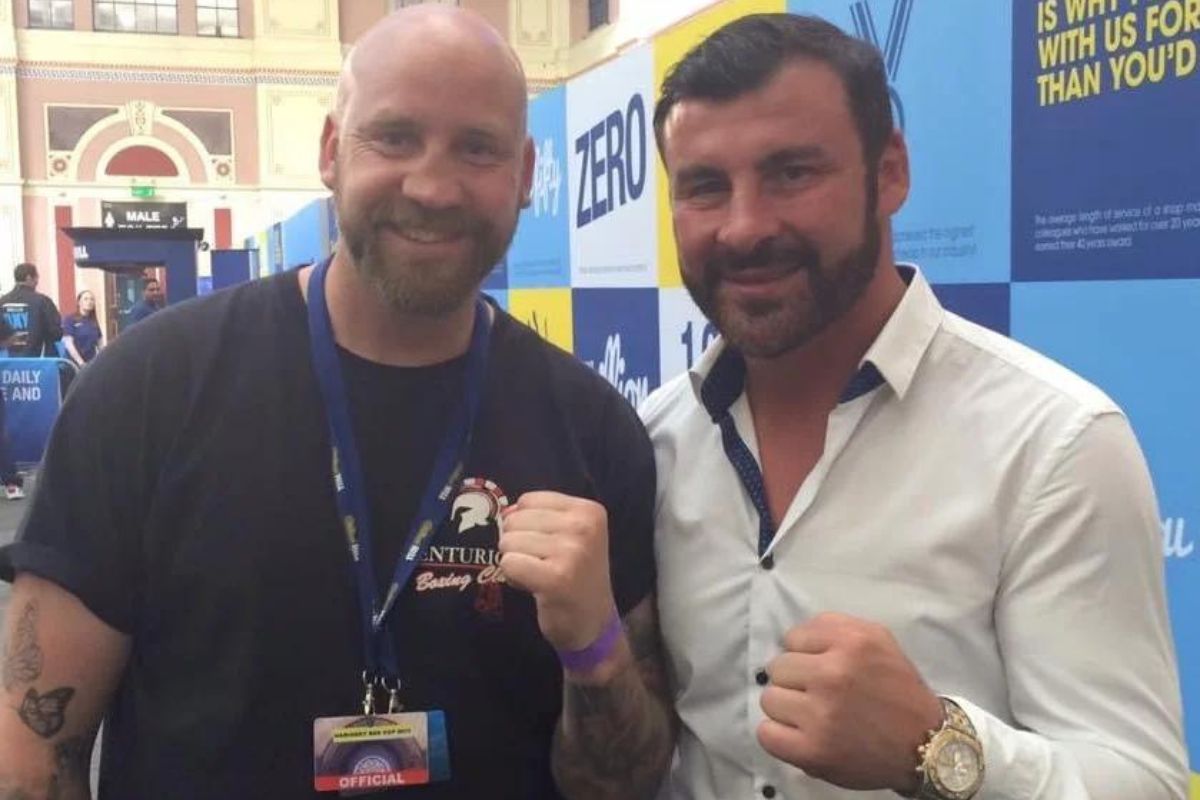

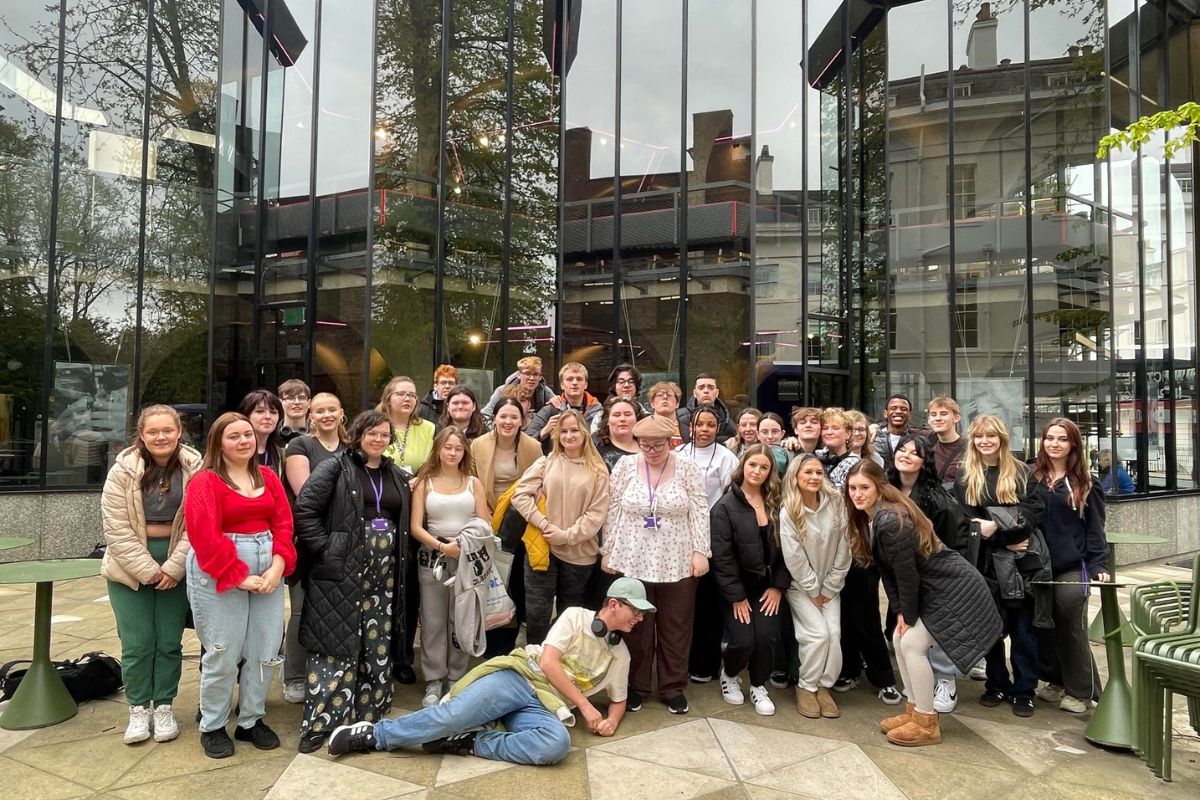
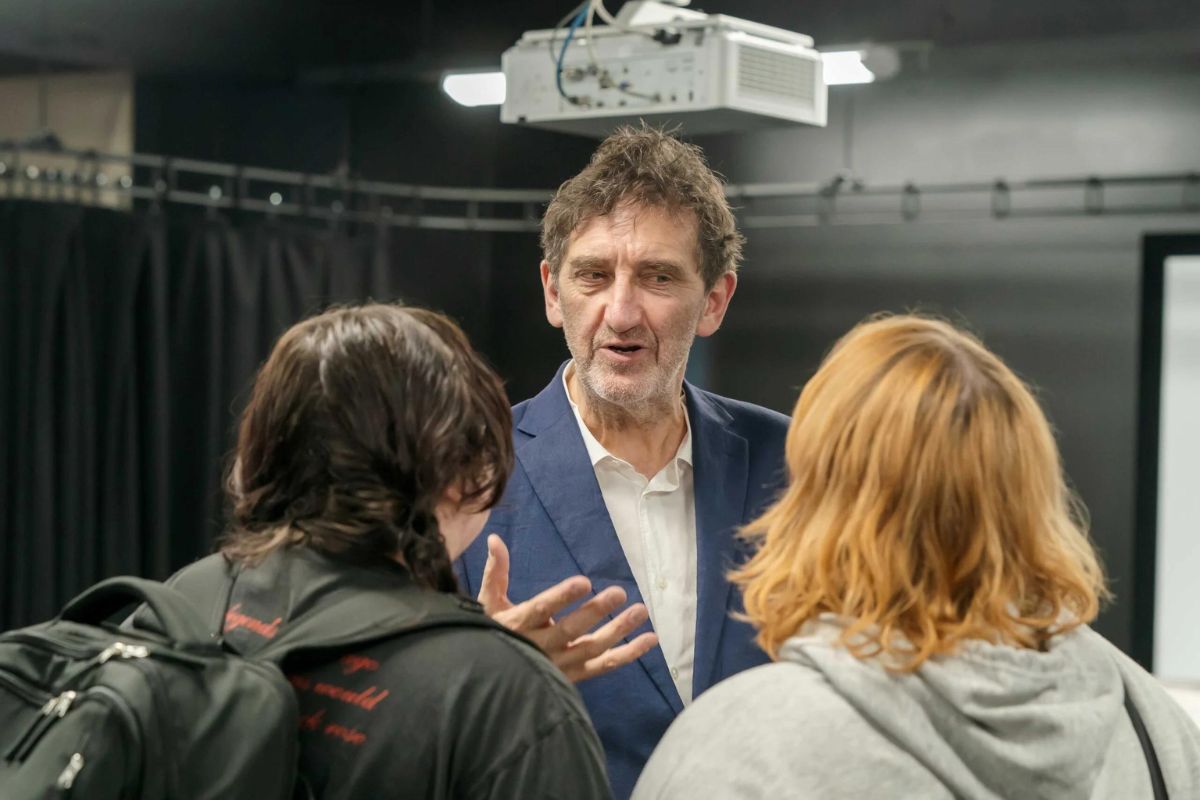
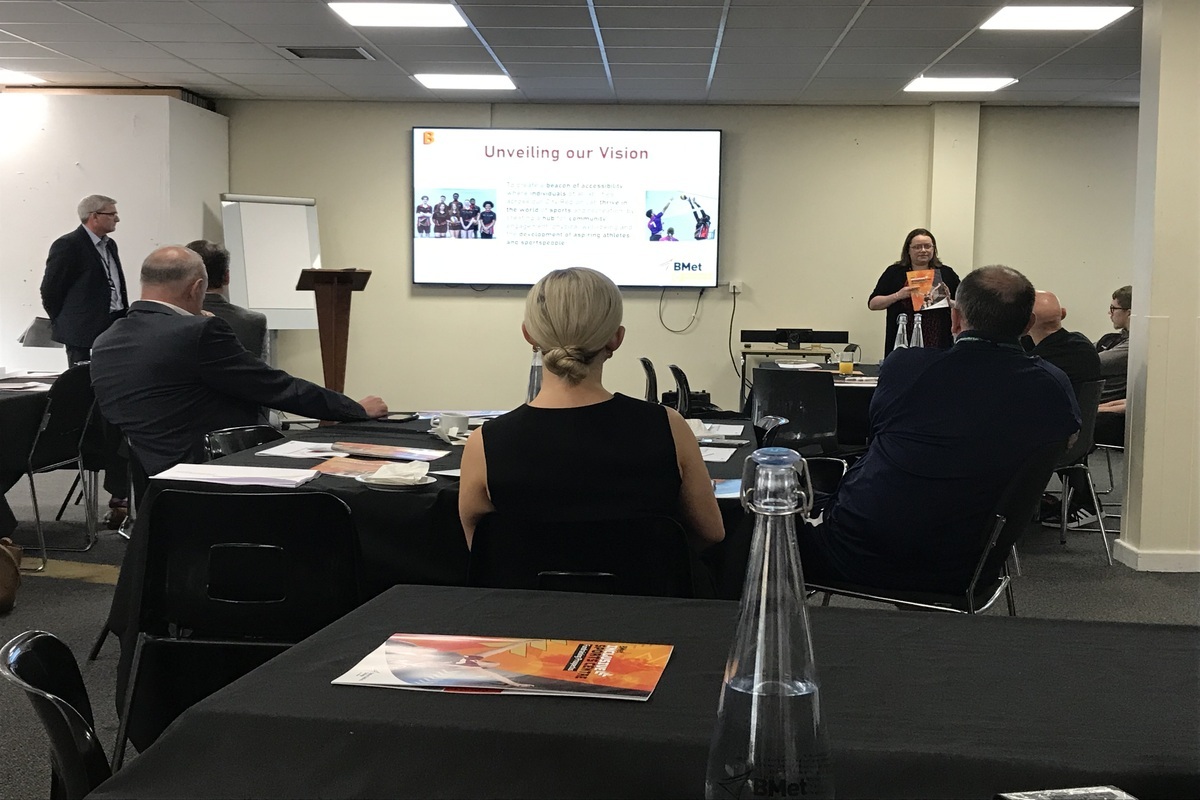
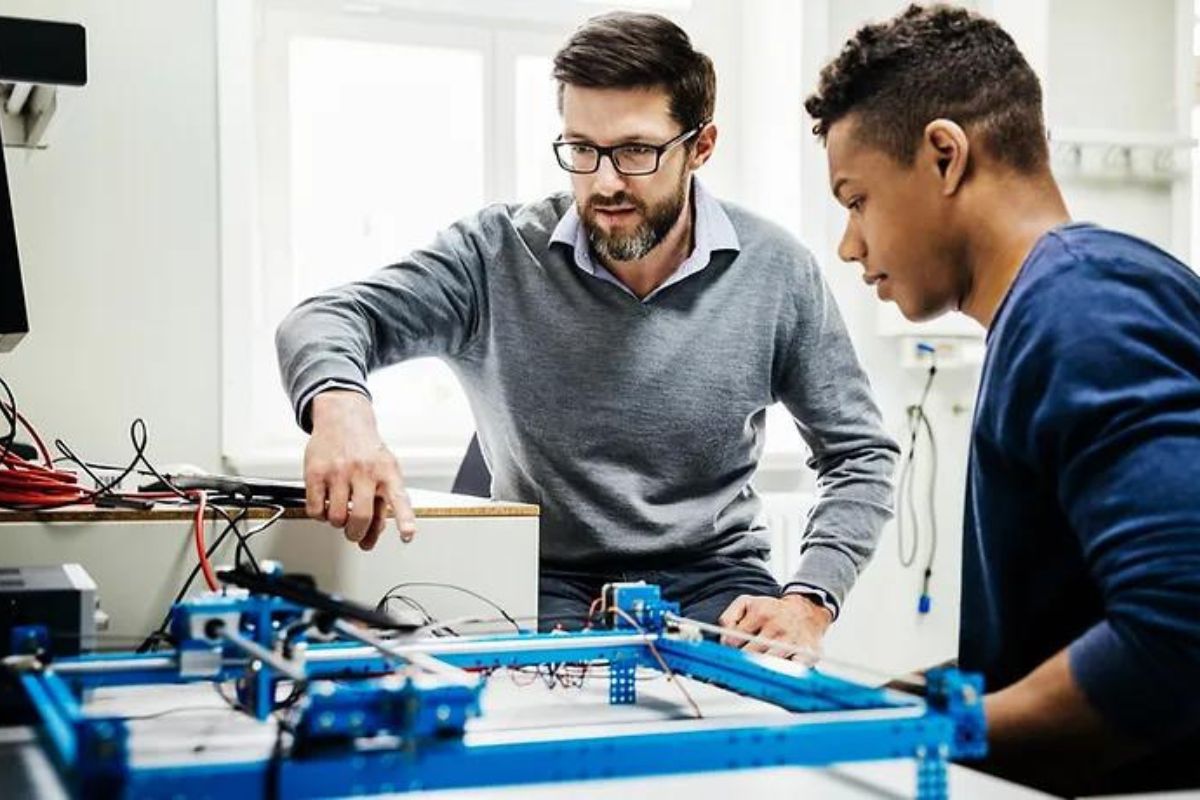
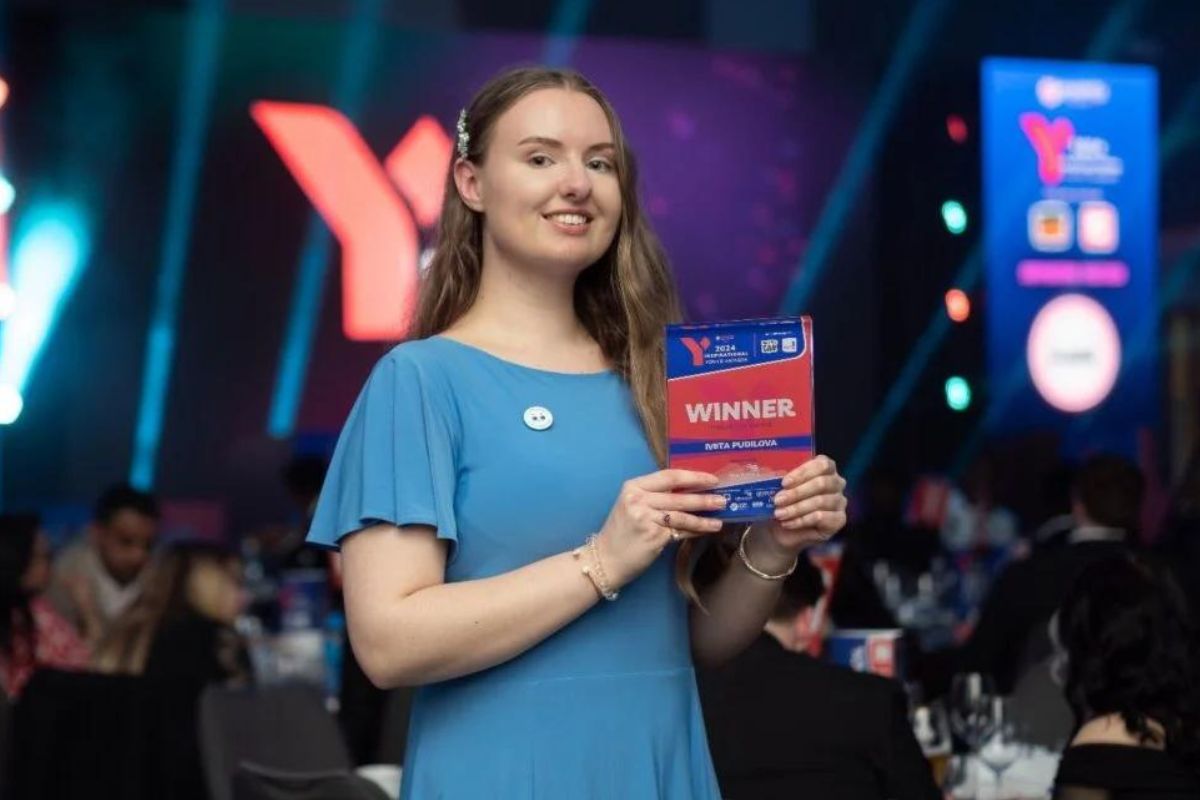
Responses